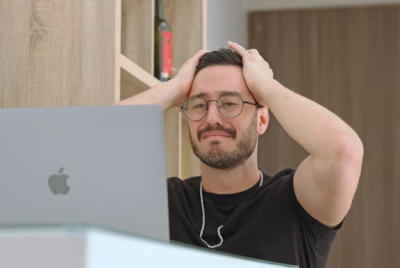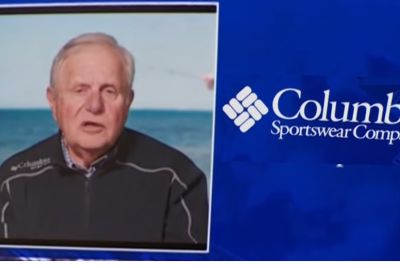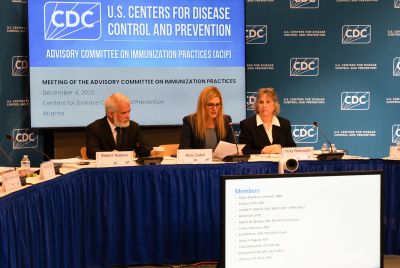Why SMPL Safety Believes Every Kid Should Learn Basic Emergency Skills
SMPL Safety is a company focused on making home safety simple, effective, and family-friendly
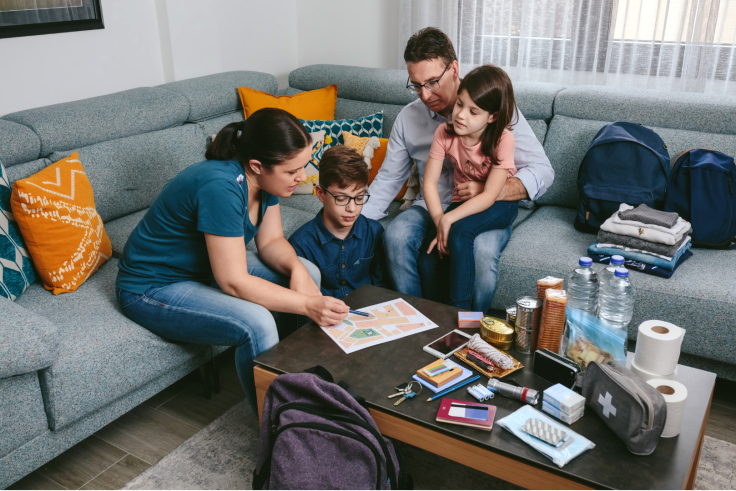
Kids grow up hearing about 'stranger danger' and being told to look both ways before crossing the street. Are they as educated about the dangers in their home? What If a fire started in the kitchen? Would they know what to do?
Or if a parent suddenly started choking, would they panic? These are real situations that happen every day. That's why SMPL Safety wants to ensure parents don't wait until an emergency before discussing safety.
SMPL Safety is a company focused on making home safety simple, effective, and family-friendly. The company creates straightforward, no-fail solutions that anyone—even kids—can use when seconds matter. From its fire blanket that smothers flames without toxic fibreglass to its anti-choking device that provides instant action, SMPL Safety is proving that better design leads to safer homes.
'I think we count on instincts to carry us through in an emergency,' says Nick Steff, founder of SMPL Safety. 'But that's not how panic works.'
Why Kids Freeze in Emergencies
Most adults like to believe they'd respond calmly in an emergency, but panic takes over. The brain struggles to process the situation, and people hesitate. Kids are even more likely to freeze.
The fight, flight or freeze responses are engaged in an emergency. A child that is overwhelmed may automatically freeze. Safety education aims to prepare children with knowledge and practice so that they recognise what is happening. Rather than freezing, they can call upon their previous experience and act with confidence.
Parents are encouraged to address safety with their kids casually and often. Rather than giving stern lectures about dangers, experts share that making it fun and light is most effective. Children who learn what to do ahead of time are far more likely to act effectively instead of freeze.
'Knowing what to do before something happens makes all the difference,' Steff says.
Talking Openly Without Scaring
The last thing most parents want to do is scare their kids. They aren't sure how to have the conversation, so they avoid it. But ignoring the conversation doesn't make emergencies any less dangerous. Experts advise against overwhelming kids with worst-case scenarios. Instead, parents can frame safety as a life skill, like brushing their teeth or buckling their seatbelt.
Casual conversations help kids engage without fear. Try saying, 'Let's go look where we keep the fire blankets and ensure we know where they are.' Instead of scaring them, teach them what to do in an emergency.
'We want parents to have these conversations before a crisis—not after,' Steff says.
The Right Tools Make All the Difference
It is critical to give kids and parents the right tools to use in an emergency. SMPL Safety has designed products that help them feel confident, not helpless.
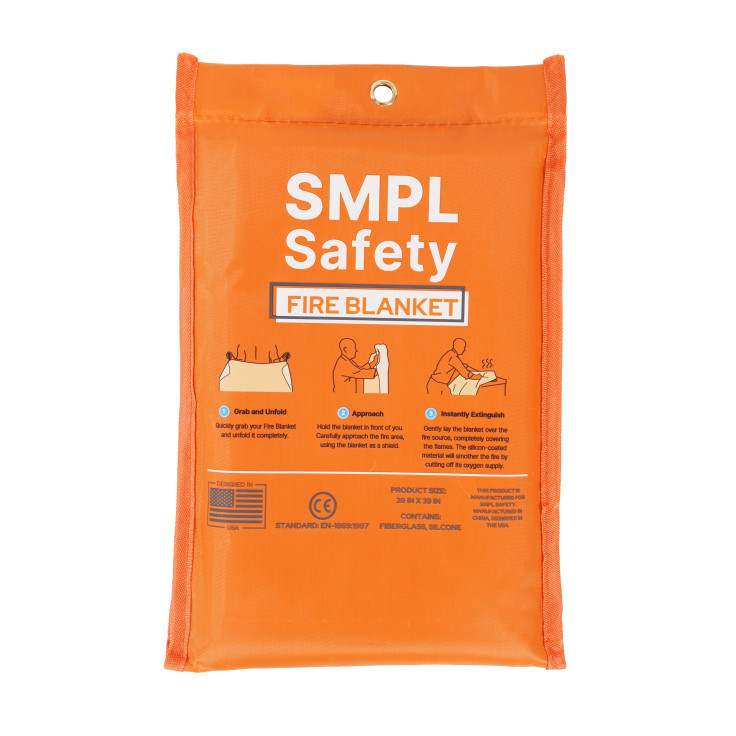
The SMPL Fire Blanket is easy for kids to use. There is no need to fumble with a heavy extinguisher and figure out how to work it. The blanket never needs servicing and is always ready to use. Kids can grab the fire blanket, throw it over flames, and smother a fire instantly. As a bonus, it's fiberglass-free, so harmful residue is not dangerous.
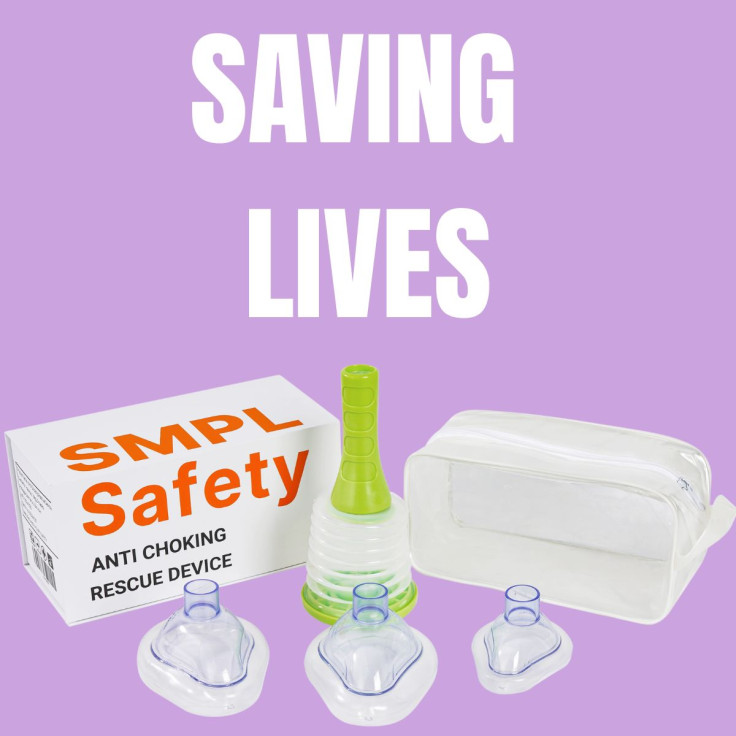
The SMPL Anti-Choking Device is a must-have for families. Choking can turn deadly fast, and the Heimlich manoeuvre can be tricky for a child to perform. This device is designed for quick, easy use, giving parents and children an intuitive solution when a choking emergency happens.
'Emergency tools shouldn't be complicated,' Steff says. 'They should be easy enough for a child to use.'
Making Safety a Habit
There is a reason why schools conduct safety drills. Learning what to do in an emergency takes practice. Parents should do the same. Family practices and safety reviews will help reinforce the safety precautions that are in place.
Making it fun helps kids stay engaged. Parents can practice 'calling 911' and reward their kids when they successfully say their name, address, and what's wrong. Other ideas include races or scavenger hunts to get emergency equipment in the home or practising how to grab and use the fire blanket. All of these will help kids build confidence instead of fear.
Raising Prepared, Confident Kids
Emergencies aren't predictable. When parents take the time to teach their kids safety skills, they're giving them more than just information. They're giving them confidence and the ability to act when it matters most.
SMPL Safety helps parents make safety a natural part of childhood so that kids won't be left wondering what to do when the unexpected happens.
For more information, visit SMPL Safety.
© Copyright IBTimes 2025. All rights reserved.



